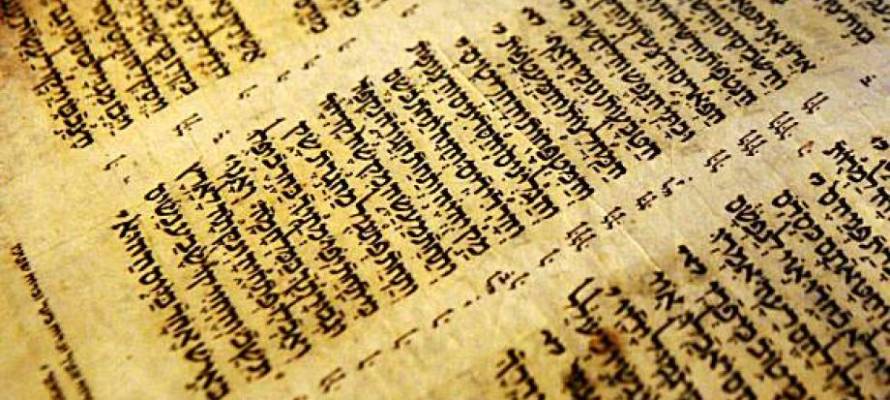The Aleppo Codex, believed to be the world’s oldest surviving copy of the Hebrew Bible and which was officially recognized as a treasured item by the United Nations Educational Scientific and Cultural Organization (UNESCO), has been listed in the Memory of the World Register.
The manuscript known as the Aleppo Codex or simply the “Crown” (Keter) is considered by many scholars to be the most exact and authoritative Hebrew Bible and served as a source of text, cantillation and vocalization of the Bible – both in the past and present. It is on permanent display at the Israel Museum in Jerusalem in the Shrine of the Book.
The Codex joins the registry of 300 items and collections from all over the world, which already includes two other items from Israel: the Israel Museum’s Rothschild Miscellany – a collection of illustrated 15th-century manuscripts – and the Pages of Testimony at the Yad Vashem Holocaust Museum, which documents the names and stories of Holocaust victims.
The Aleppo Codex was written in northern Israel around 930 CE. It was thought to have taken to Jerusalem and then to Cairo before it was moved to Aleppo. The manuscript was kept in the city’s ancient synagogue; after the riots in 1947, when the synagogue was burned down, it was believed to have been destroyed. Only 10 years later it was discovered and then smuggled into Israel from Syria in a covert operation, where it became the property of Yad Ben Zvi.
Out of the 487 pages of the complete manuscript, there are only 295 pages that have survived as far as experts are aware.
Source: Israeli Ministry of Foreign Affairs
